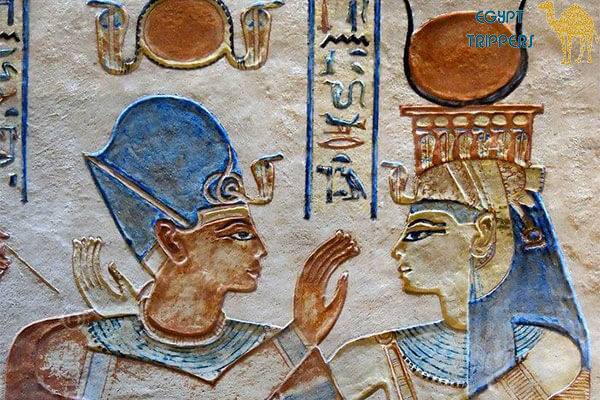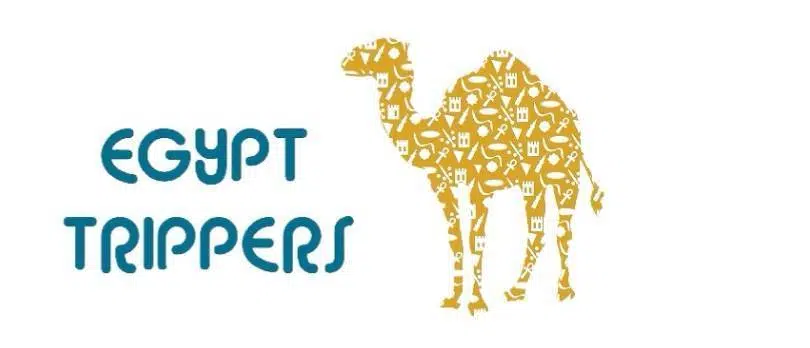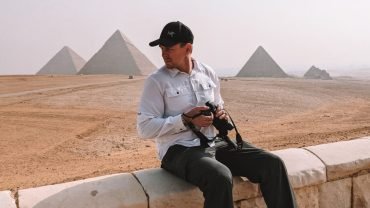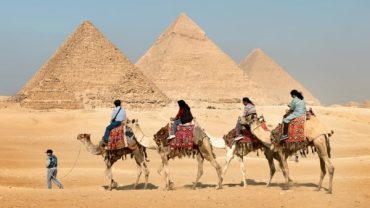Located in the Valley of the Queens, this tomb is one of the tombs of the sons of Ramesses III, considered to be one of the finest of the monuments on the West Banks you include in your Luxor tour. One such tomb is the Tomb of Amenherkhepshef, the son of Ramesses’ royal wife Tyti. Her tomb also sits nearby in the same valley, displaying her titles on its ancient walls.
It’s thought that Amenherkepshef passed away at around the thirtieth year of his father’s reign, making him only 15 years of age when he died. Even though the prince was not one of Ramesses’ eldest sons, he was thought to have still held some important royal positions within his father’s court. From reliefs found around the Valley of Queens, we can see that he was a fan bearer of the king, a royal scribe, and a commander of the cavalry. He was also likely to have played a role in the management of certain administrative affairs in Egypt.
About the Tomb of Amenherkhepshef
This prince’s tomb was discovered in the year of 1903. It had been completed looted at this point, thought to have been sacked during the 19th dynasty. Despite this, the tomb itself was in pristine condition. Its structure is simple yet elegant, composed of an entrance ramp leading to an antechamber and entrance hall. The sarcophagus chamber is accessed through the entrance hall, which also leads to an annex which was to house the spirit of the god Osiris.
The tomb’s decorations are themed heavily around Amenherkhepshef and his father, shown together with various Egyptian gods. This tomb seems to have been built specifically for this prince, showing no signs that any of his siblings had been entombed here before him.

At the entrance of the tomb, you’ll find some beautiful Egyption reliefs depicting a ceremony led by Ramesses III, in which he leads his son Amenherkshepsef before the god Ptah. They are followed by two mystical figures, likely genies, having the heads of black dogs. These are thought to be images of the sons of Horus, each of them wearing different royal headgear.
On the opposite side of the entrance, we see scenes showing Ramesses III being followed by the prince. He introduces his son to Shu and two other gods. The rear wall of the entrance chamber shows Ameherkhepskef being presented to the goddess Isis. Each of these reliefs show the gods wishing Ramesses and his son good fortune and an eternity of happiness.
However, despite being originally built for the prince’s burial, it was discovered that he was never actually entombed there. The tomb was originally designed for the Queen Tausert, but then was altered for Amenherkhepskef upon his death. Additionally, there was very little in the way of artifacts to be found enshrined here, as it’s thought that looters probably made off with most of it before it was officially discovered.
Taking all the rich history and decorative architecture and reliefs into account, this is the perfect spot to visit on your tour of Luxor City in Egypt.




Comment (0)